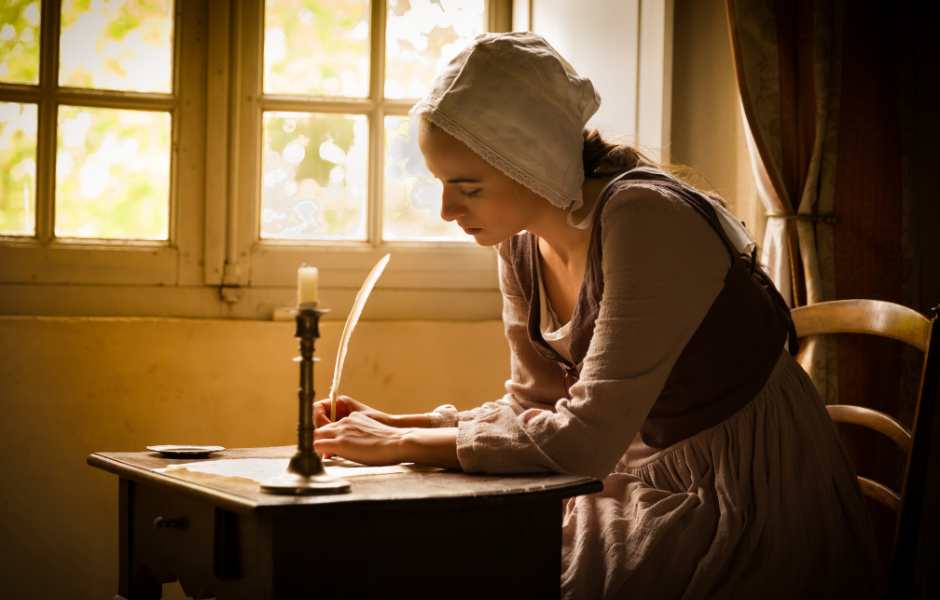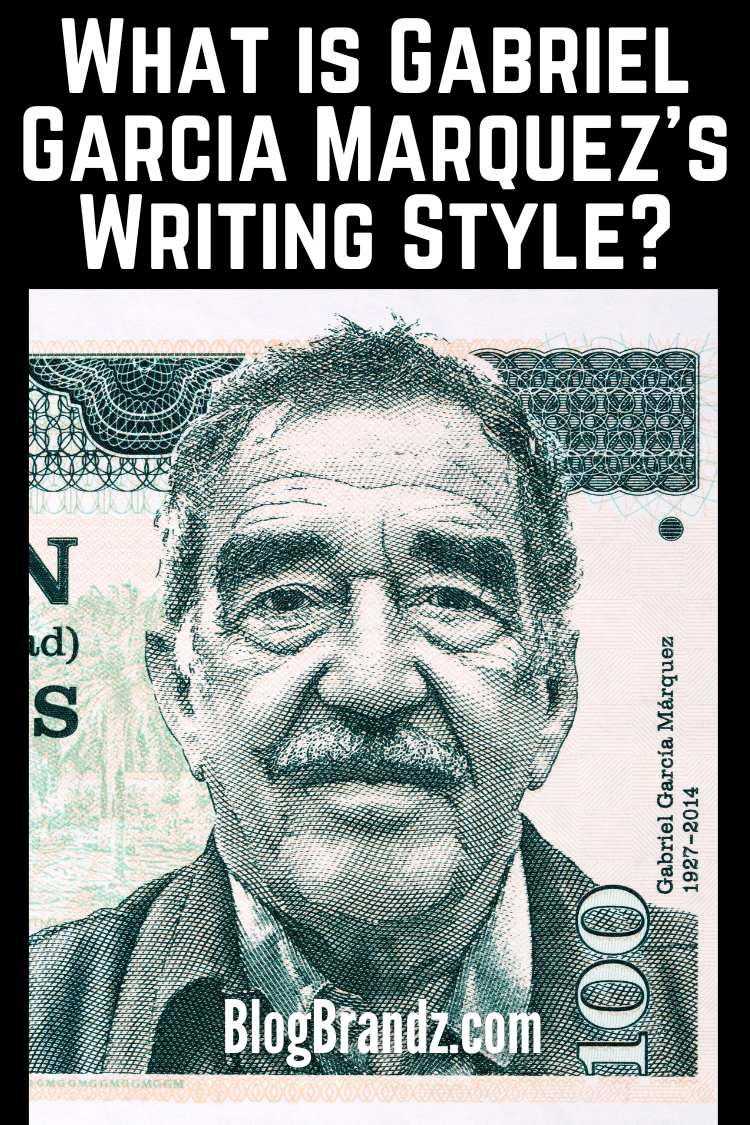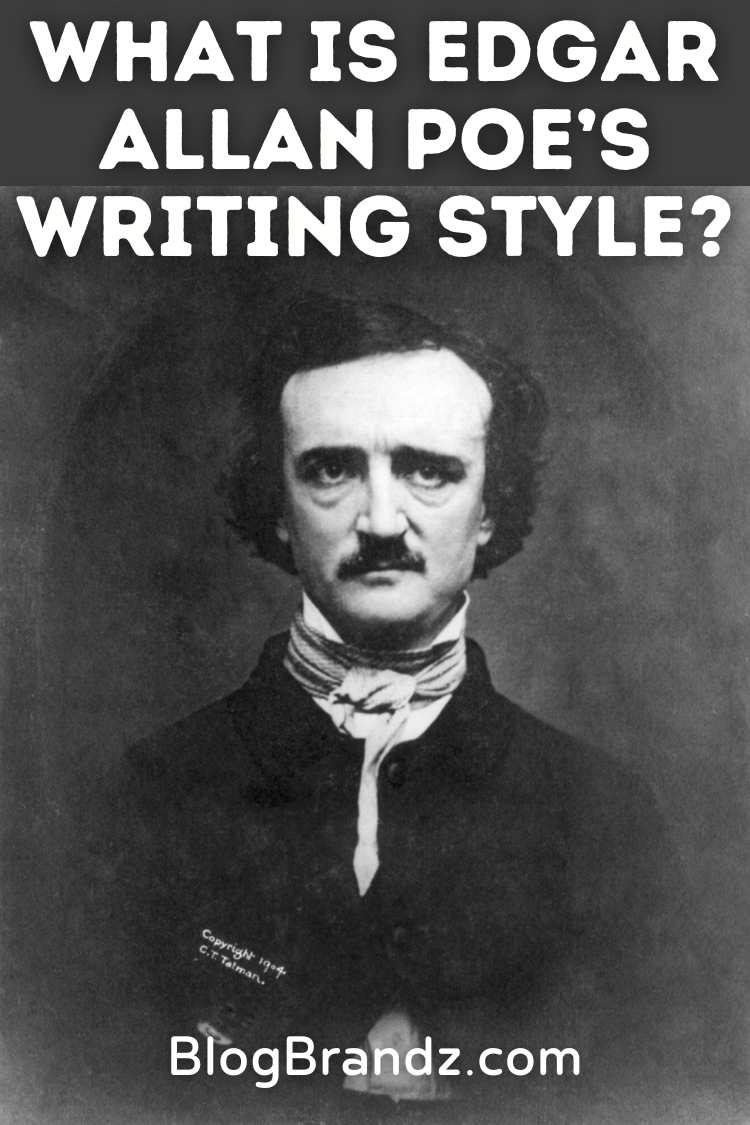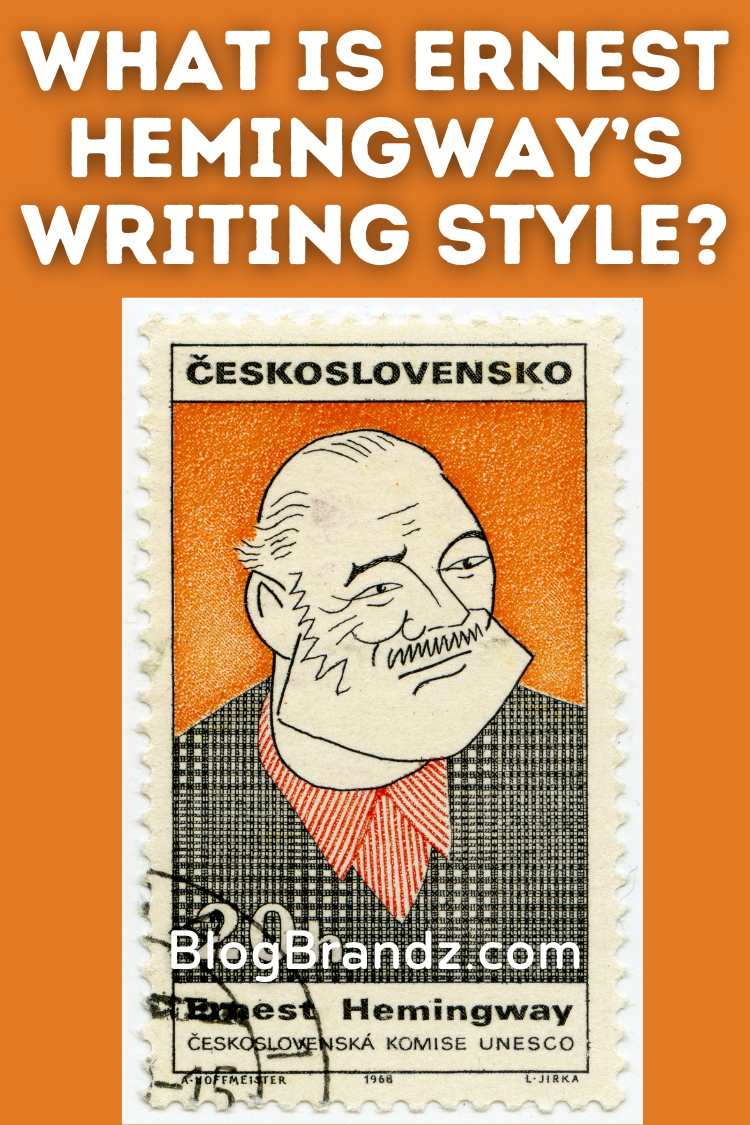These author writing style examples will help you understand how the unique and individual writing style of an author can inspire your writing.
The world of literature is as diverse as it is enchanting, with each author weaving a unique tapestry of words that reflects their distinct style and voice.
From the poetic prose of Maya Angelou to the gripping narratives of Stephen King, authors across genres and eras have captivated readers with their distinctive authorial styles.
In this article, we explore examples of the best author writing styles with writing tips from authors to help you hone your writing craft.
Contents
- 35 Best Author Writing Style Examples
- #1. Edgar Allan Poe’s Writing Style
- #2. Gabriel García Márquez’s Writing Style
- #3. Ernest Hemingway’s Writing Style
- #4. J.R.R. Tolkien’s Writing Style
- #5. George R.R. Martin’s Writing Style
- #6. Cormac McCarthy’s Writing Style
- #7. William Shakespeare’s Writing Style
- #8. Mark Twain’s Writing Style
- #9. James Joyce’s Writing Style
- #10. Dr. Seuss’s Writing Style
- #11. Ray Bradbury’ Writing Style
- #12. J.K. Rowling’s Writing Style
- #13. Stephen King’s Writing Style
- #14. John Steinbeck’s Writing Style
- #15. Sandra Cisneros’s Writing Style
- #16. Nathaniel Hawthorne’s Writing Style
- #17. Charles Dickens’s Writing Style
- #18. Jane Austen’s Writing Style
- #19. Toni Morrison’s Writing Style
- #20. Virginia Woolf’s Writing Style
- #21. Sylvia Plath’s Writing Style
- #22. Colleen Hoover’s Writing Style
- #23. F. Scott Fitzgerald’s Writing Style
- #24. Langston Hughes’s Writing Style
- #25. Emily Dickinson’s Writing Style
- #26. J.D. Salinger’s Writing Style
- #27. Maya Angelou’s Writing Style
- #28. Oscar Wilde’s Writing Style
- #29. Kate Chopin’s Writing Style
- #30. Mary Shelley’s Writing Style
- #31. George Orwell’s Writing Style
- #32. William Faulkner’s Writing Style
- #33. Walt Whitman’s Writing Style
- #34. Flannery O’Connor’s Writing Style
- #35. Agatha Christie’s Writing Style
- Stephen King Writing Tips
- Best Writing Tips from Authors
- Writing Tips & Tutorials
35 Best Author Writing Style Examples
Whether you’re an aspiring author seeking inspiration or a seasoned writer looking to refine your style, join us on this literary journey as we unravel the secrets behind unforgettable writing styles.
#1. Edgar Allan Poe’s Writing Style
What is Edgar Allan Poe’s writing style? His writing style is characterized by its dark, macabre themes, vivid imagery, and musicality.
Poe’s writing is known for its Gothic elements, such as haunted castles, gloomy landscapes, and tormented characters. He often explored themes of death, madness, and the supernatural, creating a sense of unease and mystery in his works.
He also used intricate rhyme schemes and rhythmic language in his poetry, creating a haunting, almost hypnotic effect. His writing style is distinctive for its ability to evoke strong emotions and create a sense of atmosphere that lingers long after the reading is done.
Poe often delves into the depths of the human psyche, exploring themes of guilt, madness, and death. In The Tell-Tale Heart, he uses the incessant beating of the heart under the floorboards to symbolize the narrator’s guilt, driving him to madness.
Example: “It is impossible to say how first the idea entered my brain; but once conceived, it haunted me day and night.” (The Tell-Tale Heart)
Another example is The Raven, where Poe’s use of vivid, haunting imagery and rhythmic language creates a sense of foreboding and melancholy, perfectly capturing the narrator’s descent into despair over lost love.
Example: “And the silken, sad, uncertain rustling of each purple curtain / Thrilled me—filled me with fantastic terrors never felt before;” (The Raven)
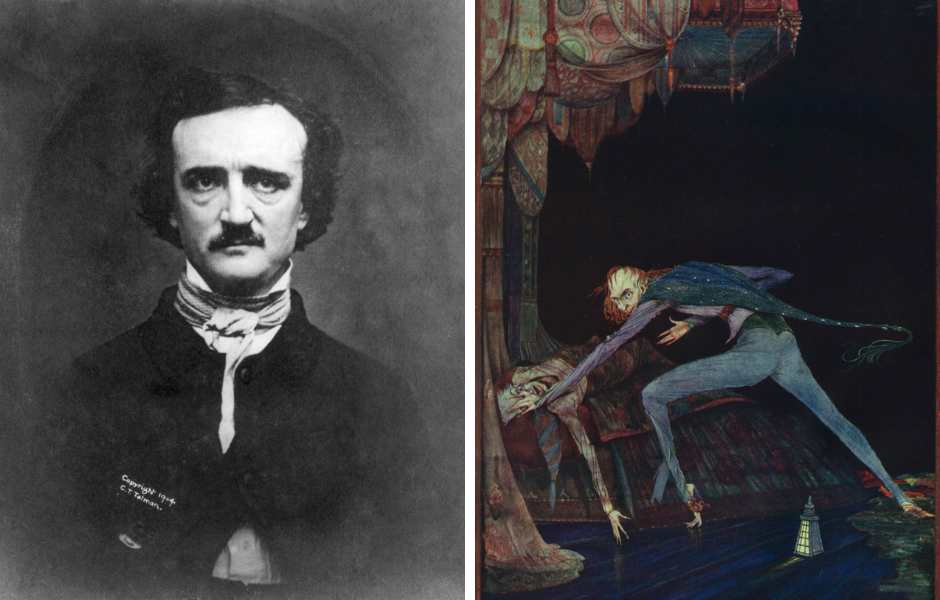
#2. Gabriel García Márquez’s Writing Style
What is Gabriel García Márquez’s writing style? Gabriel García Márquez, a Colombian novelist and Nobel laureate, is known for his distinctive writing style, often referred to as “magical realism.”
This style blends magical elements with realistic details, creating a dream-like, fantastical atmosphere within a familiar setting. García Márquez’s writing is characterized by vivid imagery, intricate plots, and a nonlinear narrative structure.
His sentences are often long and flowing, with rich descriptions that evoke a strong sense of place and time. He also uses a technique called “stream of consciousness,” where the narrative reflects the inner thoughts and feelings of the characters, blurring the lines between reality and imagination.
García Márquez’s writing often explores themes such as love, death, power, and the passage of time, all of which are woven together in a complex and layered narrative. His use of language is poetic and evocative, drawing readers into his magical world and leaving a lasting impression.
In One Hundred Years of Solitude, García Márquez creates a world where the extraordinary is woven into the fabric of everyday life. For example, the character Remedios the Beauty ascends to heaven while hanging laundry, blurring the lines between the mundane and the magical.
Another example is the character Melquíades, who is both alive and dead, symbolizing the cyclical nature of time and life in the novel.
Example: “Many years later, as he faced the firing squad, Colonel Aureliano Buendía was to remember that distant afternoon when his father took him to discover ice.” (One Hundred Years of Solitude)

#3. Ernest Hemingway’s Writing Style
Which phrase best describes Ernest Hemingway’s writing style? “Simple yet profound” best describes Ernest Hemingway’s writing style characterized by short, declarative sentences and sparse, descriptive language.
Hemingway was known for his straightforward, minimalist approach to writing, using short sentences and simple language to convey deep, complex themes and emotions.
His writing style was characterized by its clarity and directness, often leaving much unsaid or implied, allowing readers to interpret his work in their own way. It was also marked by its focus on themes such as courage, stoicism, and the human condition, reflecting his experiences and worldview.
In The Old Man and the Sea, Hemingway’s writing mirrors the determination and resilience of the old fisherman, Santiago, as he battles against nature to catch a giant marlin.
Example: “He was an old man who fished alone in a skiff in the Gulf Stream and he had gone eighty-four days now without taking a fish.” (The Old Man and the Sea)
Another example of Hemingway’s style is found in A Farewell to Arms, where his concise, understated prose captures the brutality and futility of war, as experienced by the novel’s protagonist, Frederic Henry.
Example: “Abstract words such as glory, honor, courage, or hallow were obscene beside the concrete names of villages, the numbers of roads, the names of rivers, the numbers of regiments and the dates.” (A Farewell to Arms)
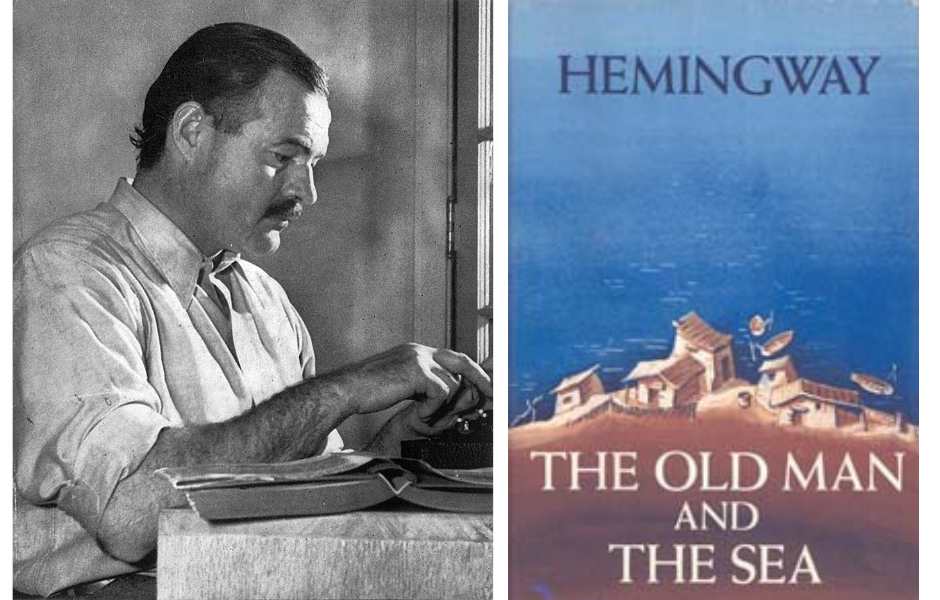
#4. J.R.R. Tolkien’s Writing Style
J.R.R. Tolkien’s writing style is renowned for its ability to transport readers to fantastical realms through its epic scope and richly detailed world-building. He crafted intricate landscapes, complete with elaborate languages, histories, and cultures, most notably seen in his creation of Middle-earth.
Tolkien’s meticulous attention to detail extends beyond the physical setting; he delves deep into the psyche of his characters, revealing their innermost thoughts and struggles. One of the most captivating aspects of Tolkien’s writing is his use of mythic themes, which infuse his narratives with a sense of timelessness and grandeur.
Through his storytelling, Tolkien explores profound concepts such as heroism, the power of friendship, and the eternal battle between good and evil. His prose is not merely descriptive but possesses a lyrical quality that enhances the reader’s immersion in the world he has created, making his works enduring classics that resonate with audiences across generations.
Example: “The road goes ever on and on, down from the door where it began. Now far ahead the road has gone, and I must follow, if I can.” (The Fellowship of the Ring)
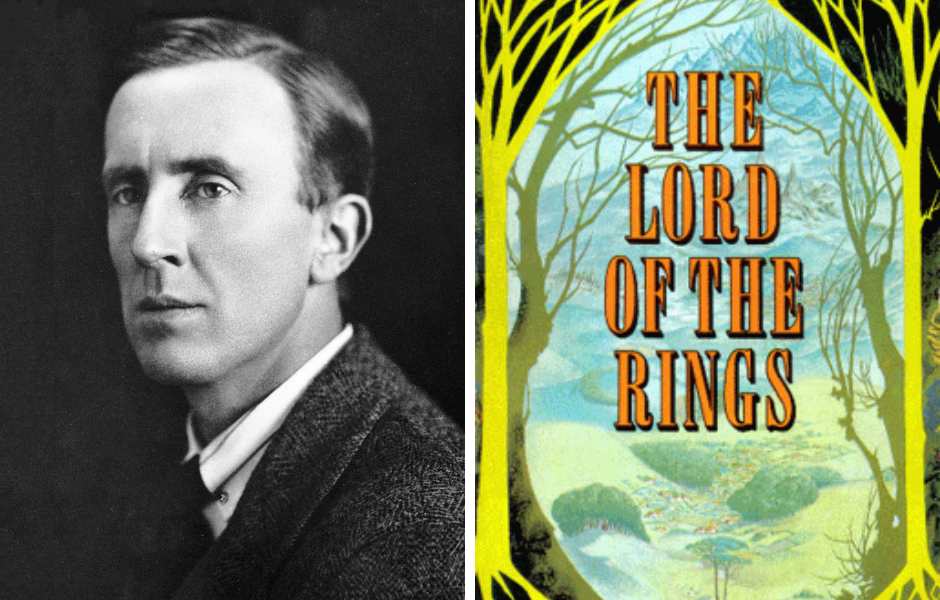
#5. George R.R. Martin’s Writing Style
George R.R. Martin’s writing style is defined by its gritty realism, intricate political intrigue, and complex characters. Unlike traditional fantasy, Martin’s world is morally ambiguous, where no character is safe from harm, subverting typical heroic tropes.
His vivid descriptions and multi-layered plots draw readers into a world where alliances are fragile and betrayal is constant, adding depth and realism. Martin’s narratives are characterized by their exploration of the darker aspects of human nature.
He crafts complex, flawed characters who face moral dilemmas and consequences, challenging readers’ perceptions of good and evil. Through these characters, Martin explores themes of power, betrayal, and the consequences of one’s actions, creating a compelling and thought-provoking narrative.
George R.R. Martin’s writing style captivates readers with its gritty realism, complex characters, and exploration of dark themes. His ability to subvert traditional fantasy tropes and create a morally ambiguous world sets his work apart, making it engaging and thought-provoking.
Example: “When you play the game of Thrones, you win or you die. There is no middle ground.” (A Game of Thrones)
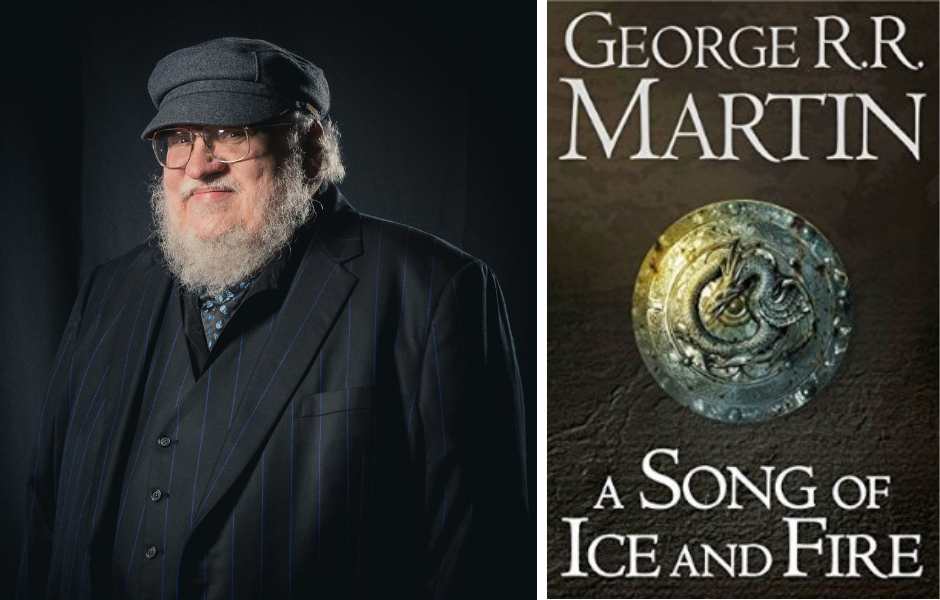
#6. Cormac McCarthy’s Writing Style
Cormac McCarthy’s writing style is marked by its stark, minimalist prose and bleak, often violent themes. He eschews conventional punctuation and grammar, creating a unique, almost poetic rhythm that adds to the haunting quality of his prose.
In The Road, his sparse prose reflects the desolate, post-apocalyptic world in which the characters struggle to survive. McCarthy’s minimalist approach forces readers to confront raw emotions and stark realities, resulting in a powerful and unforgettable reading experience.
Example: “The nights were blinding cold and casket black and the long reach of the morning had a terrible silence to it.” (The Road)
Another example is found in Blood Meridian, where McCarthy’s vivid, brutal descriptions of violence and the harsh landscape of the American West underscore the novel’s themes of death, destruction, and the dark side of human nature.
Example: “They passed through the gutted mining towns with their slag heaps and their ruins and the flooded and abandoned quarries, the streets overgrown with willowherb.” (Blood Meridian)
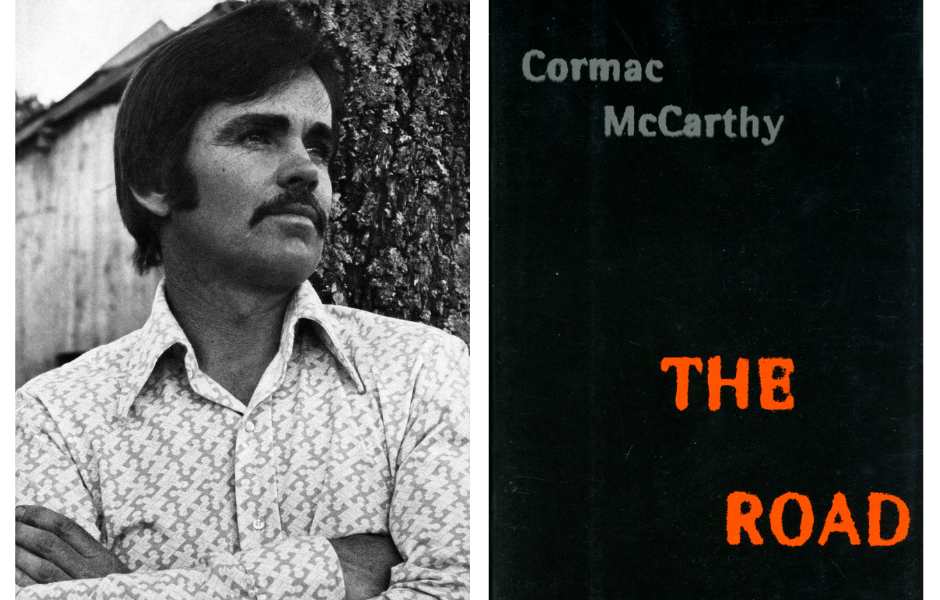
#7. William Shakespeare’s Writing Style
William Shakespeare’s writing style is characterized by his use of poetic language, wordplay, and complex characters. He often used iambic pentameter and blank verse in his plays and sonnets, creating a rhythm that is both lyrical and dramatic.
Shakespeare also had a knack for creating memorable characters and exploring universal themes. For example, in Hamlet, Shakespeare writes, “To be, or not to be: that is the question,” a line that encapsulates the play’s exploration of life, death, and existentialism.
Example: “All the world’s a stage, and all the men and women merely players; they have their exits and their entrances, and one man in his time plays many parts.” (As You Like It)
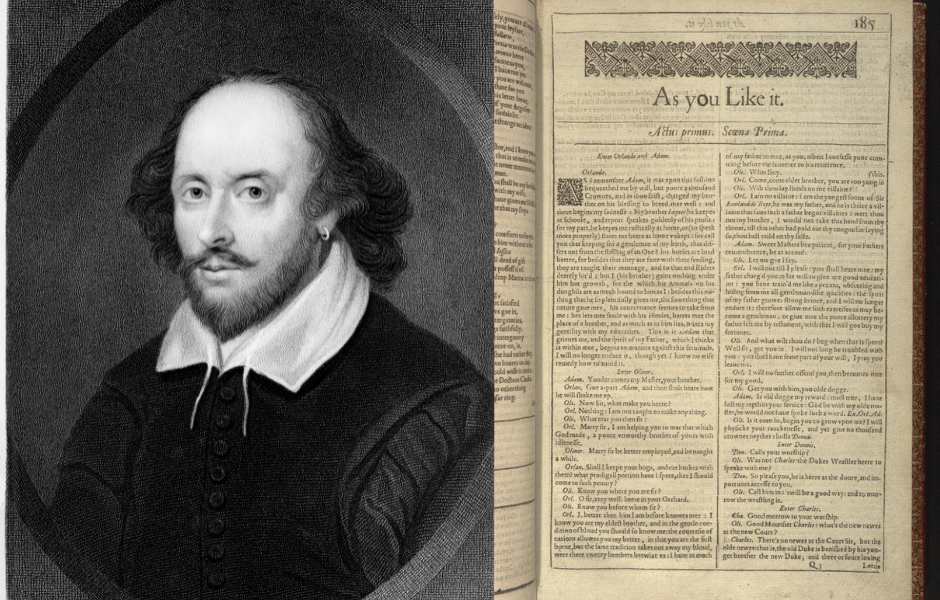
#8. Mark Twain’s Writing Style
Mark Twain’s writing style is celebrated for its humor, wit, and keen observations of society. He had a remarkable ability to use colloquial language and dialects to bring his characters and settings to life, adding a layer of authenticity to his narratives.
Twain’s humor was not just for entertainment; it was a tool for social commentary, often satirizing societal norms and conventions, and characterized by its astute observations of human nature.
He had a knack for capturing the complexities of human behavior, often highlighting the absurdity of certain societal practices and beliefs. Twain’s stories are entertaining and offer valuable insights into the human condition, making them timeless classics that resonate with readers today.
Example: “Persons attempting to find a motive in this narrative will be prosecuted; persons attempting to find a moral in it will be banished; persons attempting to find a plot in it will be shot.” (The Adventures of Huckleberry Finn)
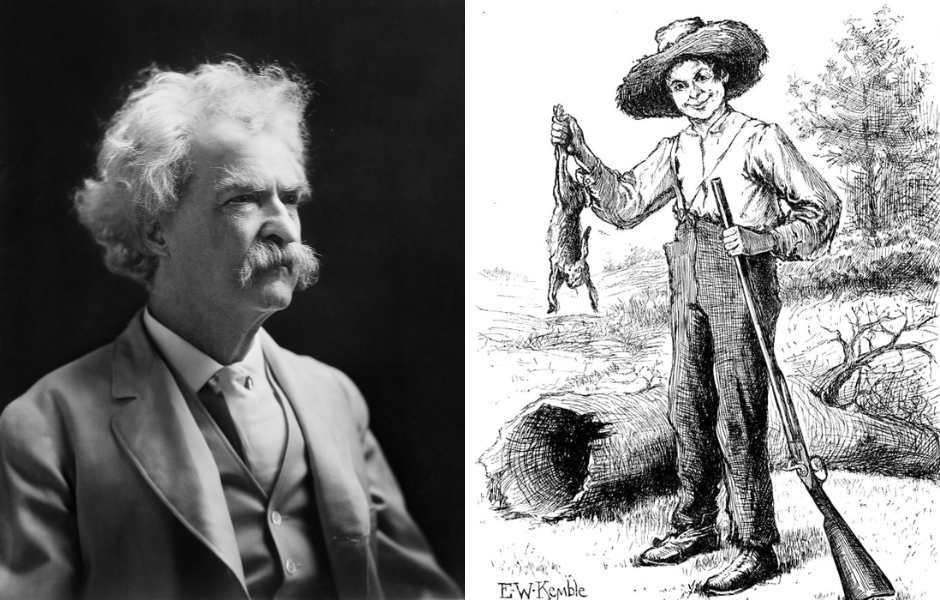
#9. James Joyce’s Writing Style
James Joyce’s writing style is characterized by its stream-of-consciousness narrative technique and experimental use of language. He often eschewed traditional narrative structures in favor of a more fluid and subjective style.
Joyce’s writing is also known for its intricate wordplay and symbolism. The example below illustrates Joyce’s complex and introspective approach to writing.
Example: “A man of genius makes no mistakes. His errors are volitional and are the portals of discovery.” (Ulysses)
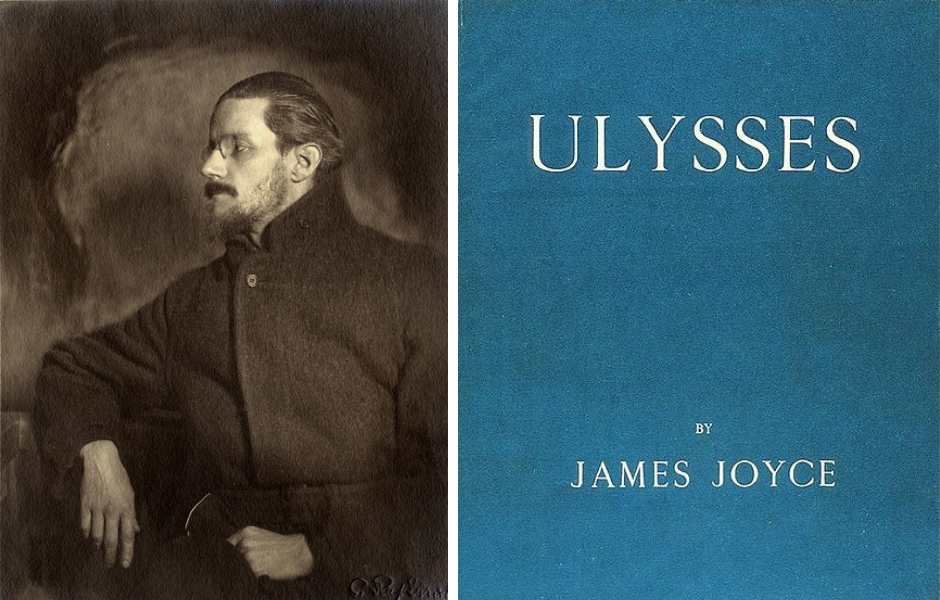
#10. Dr. Seuss’s Writing Style
Dr. Seuss’s writing style is characterized by its playful use of rhyme, rhythm, and inventive language. He often created nonsensical words and creatures and his stories contained moral lessons or social commentary.
Dr. Seuss’s writing is also known for its whimsical illustrations which complement his imaginative storytelling. The example below exemplifies Dr. Seuss’s playful and engaging writing style.
Example: “Look at me! Look at me! Look at me NOW! It is fun to have fun, but you have to know how.” (The Cat in the Hat)
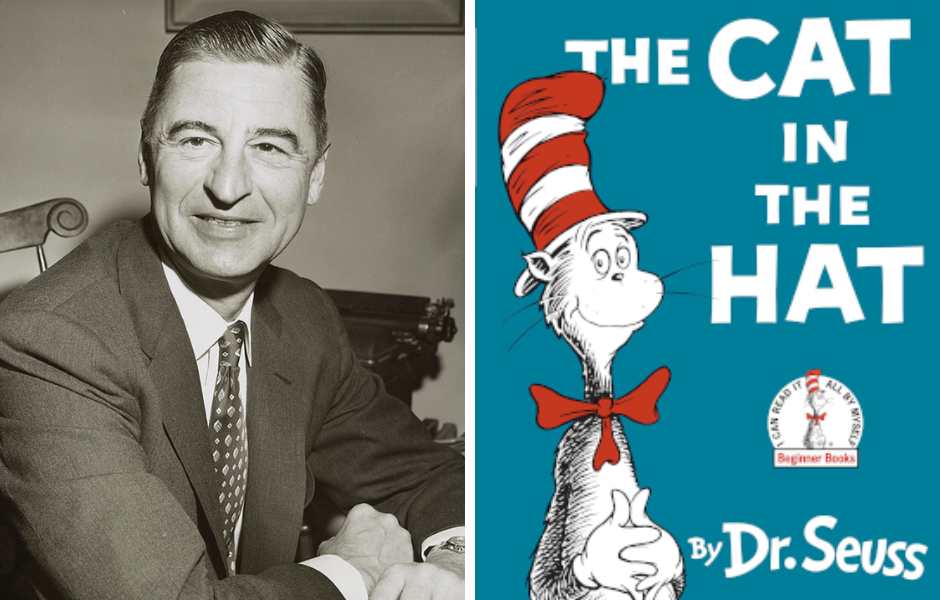
#11. Ray Bradbury’ Writing Style
Ray Bradbury’s writing style is characterized by its poetic prose, vivid imagery, and nostalgic tone. He often explored themes of nostalgia, childhood, and the dangers of technology in his work.
Bradbury’s writing is also known for its imaginative settings and fantastical elements. The example below reflects Bradbury’s lyrical and evocative writing style.
Example: “Stuff your eyes with wonder, he said, live as if you’d drop dead in ten seconds. See the world. It’s more fantastic than any dream made or paid for in factories.” (Fahrenheit 451)
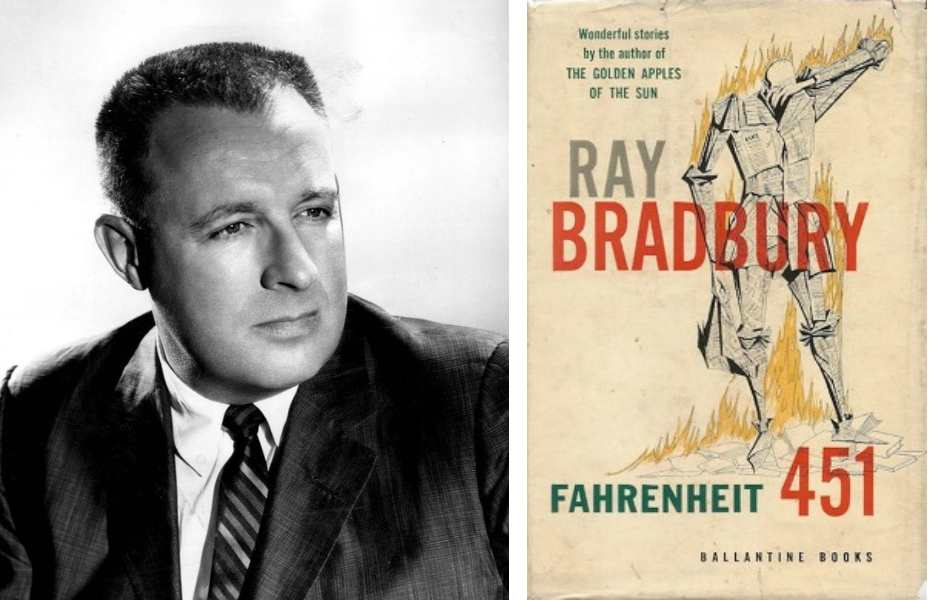
#12. J.K. Rowling’s Writing Style
J.K. Rowling’s writing style is celebrated for its rich imagination, engaging storytelling, and intricate world-building. She creates vivid and complex characters that resonate with readers, and expertly weaves together multiple plotlines to create a cohesive narrative.
Rowling’s ability to craft intricate and immersive worlds, such as the magical world of Hogwarts, has captured the imagination of millions of readers around the world.
One of her strengths as a writer is her use of wit and humor, particularly in the dialogue between her characters. This adds depth and charm to her storytelling, making her work appealing to readers of all ages.
Rowling’s writing also contains profound truths and life lessons, often conveyed through the experiences of her characters. Her ability to impart these lessons in an entertaining and thought-provoking way is a testament to her skill as a storyteller.
Example: “It does not do to dwell on dreams and forget to live, remember that.” (Harry Potter and the Sorcerer’s Stone)
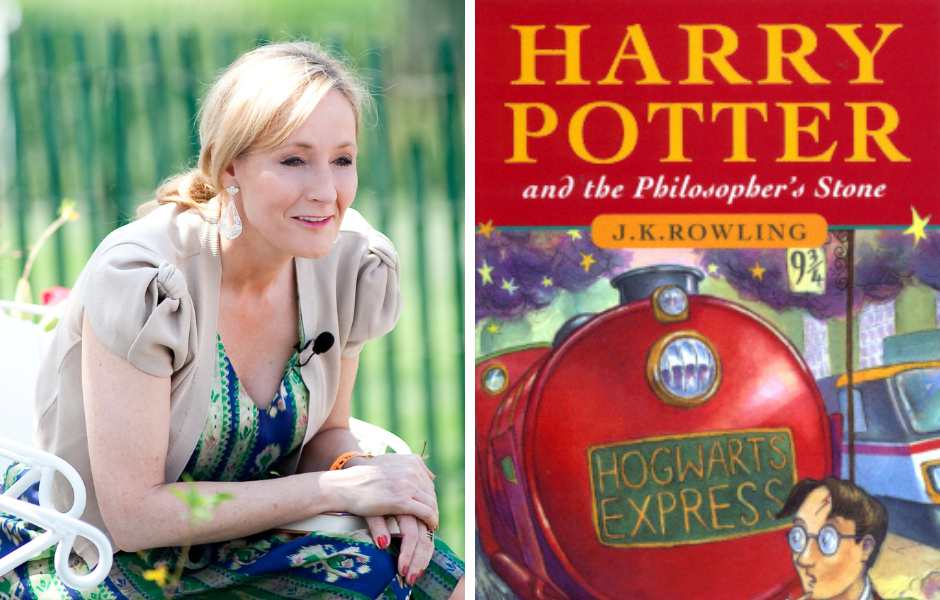
#13. Stephen King’s Writing Style
Stephen King’s writing style is celebrated for its ability to captivate readers with suspenseful plots, vivid descriptions, and a deep exploration of the human psyche. He explores the darker aspects of human nature, fearlessly tackling themes of horror, suspense, and the supernatural with unparalleled skill.
King’s defining characteristic as a writer is his extensive use of symbolism and metaphor. These literary devices add layers of meaning to his work, enriching the reader’s experience and creating a sense of depth.
For example, in The Shining, the line “REDRUM” becomes increasingly ominous as the novel progresses, serving as both a literal and metaphorical representation of the horrors that unfold.
Another example below is a line that becomes increasingly ominous as the novel progresses. This ability to create tension and foreshadowing through subtle literary techniques is a hallmark of King’s writing style.
Example: “All work and no play makes Jack a dull boy.” (The Shining)
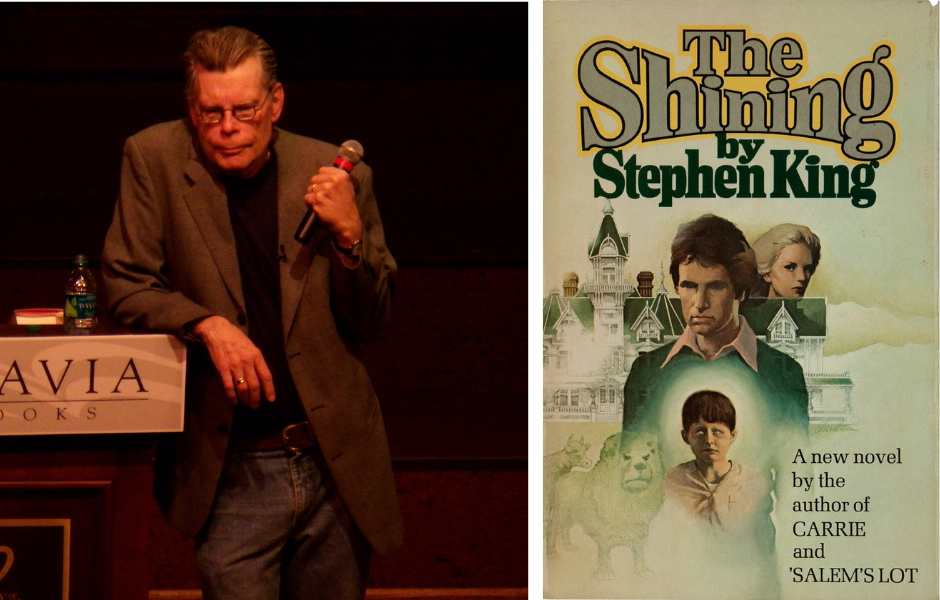
#14. John Steinbeck’s Writing Style
John Steinbeck’s writing style is characterized by its simple, yet powerful language, and its deep empathy for the plight of the common man. He often used a realistic, documentary-style approach to storytelling, focusing on the lives of ordinary people.
Steinbeck’s writing is also known for its social and political themes. In The Pearl, his writing style is characterized by its simple yet evocative language, reflecting the setting and the characters’ way of life.
Steinbeck’s use of imagery and descriptive language throughout the novel helps to create a vivid portrayal of life in a small Mexican village.
One example of this is the opening description of the setting in the example below, which sets the tone for the novel, establishing a sense of tranquility and the characters’ connection to nature.
Example: “Kino awakened in the near dark. The stars still shone and the day had drawn only a pale wash of light in the lower sky to the east.” (The Pearl)
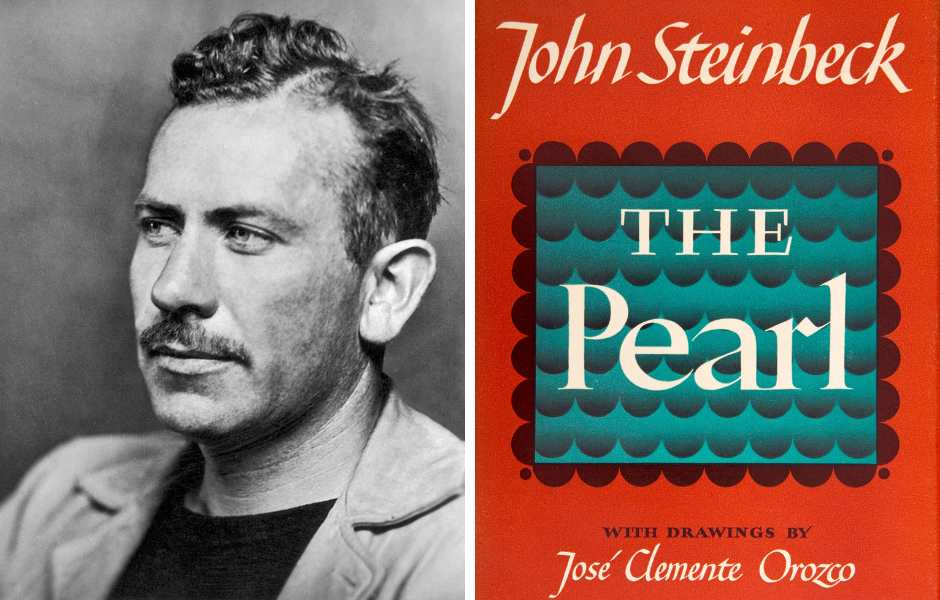
#15. Sandra Cisneros’s Writing Style
Sandra Cisneros’s writing style is characterized by its lyrical prose, vivid imagery, and exploration of cultural identity and female empowerment. She often writes from the perspective of Latina women, capturing the nuances of their experiences.
Cisneros’s writing is also known for its Spanish words and phrases, reflecting the bilingual nature of many Latina communities. The example below encapsulates the longing and nostalgia that permeate much of her work.
Example: “They are the ones I will miss as I leave this world.” (The House on Mango Street)
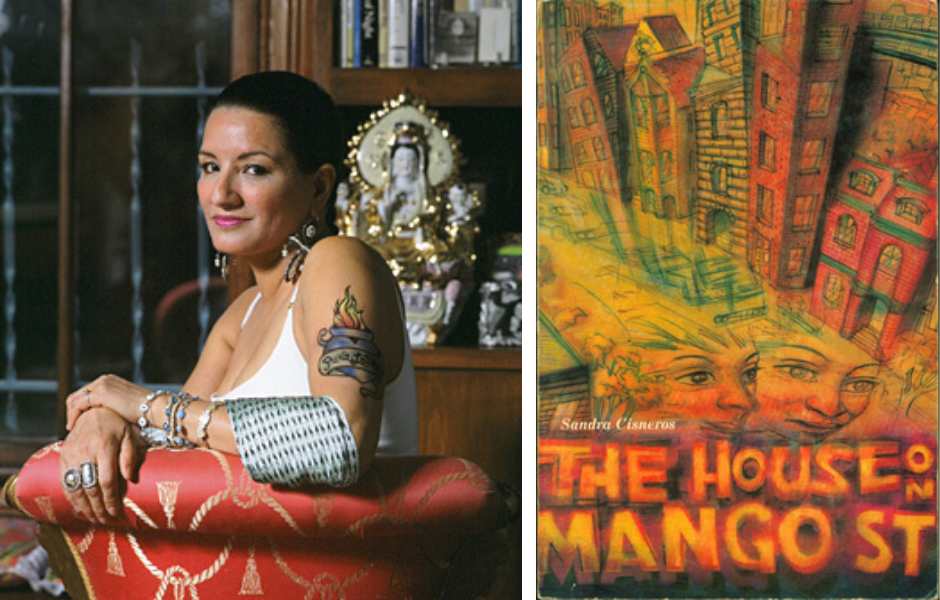
#16. Nathaniel Hawthorne’s Writing Style
Nathaniel Hawthorne’s writing style is characterized by its exploration of moral and ethical dilemmas, often set against the backdrop of Puritan New England. He used allegory and symbolism to convey his themes, creating rich and layered narratives.
Hawthorne’s writing is also known for its psychological depth and exploration of the human soul. The example below reflects Hawthorne’s interest in the complexities of human nature and the masks we wear in society.
Example: “No man, for any considerable period, can wear one face to himself and another to the multitude, without finally getting bewildered as to which may be the true.” (The Scarlet Letter)
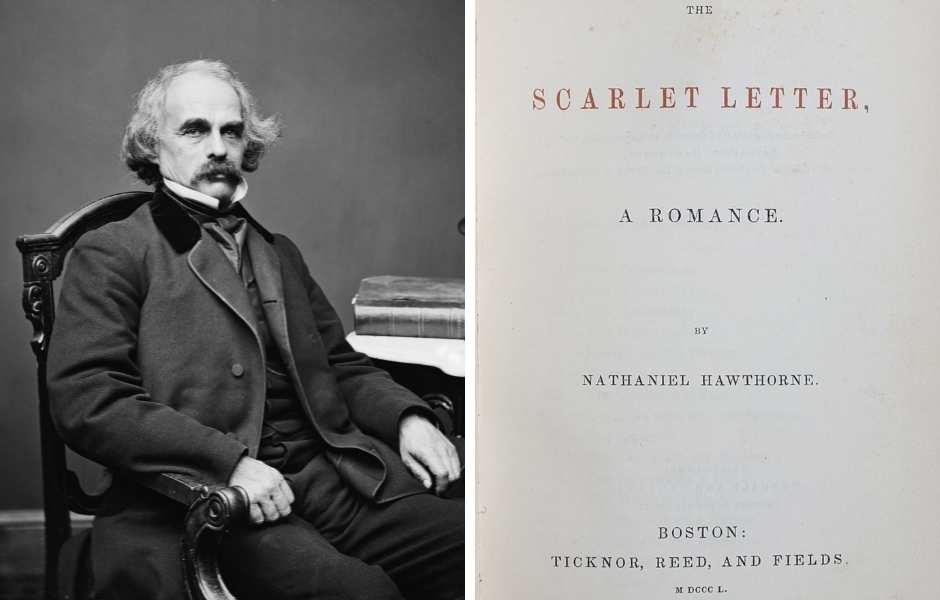
#17. Charles Dickens’s Writing Style
Charles Dickens’s writing style is renowned for its vivid descriptions, colorful characters, and sharp social commentary. His novels are populated with memorable characters and settings that vividly bring to life the bustling streets of Victorian London.
Dickens used humor and satire to criticize the injustices and inequalities of his time, shedding light on the plight of the poor and the failings of the class system. His writing is characterized by its sentimentalism and moral earnestness highlighting the struggles of the disadvantaged and championing the virtues of compassion and kindness.
Dickens’s ability to evoke both the grandeur and squalor of 18th-century Europe is exemplified in works like A Tale of Two Cities, where he masterfully captures the contrasts and contradictions of life during that tumultuous era.
Example: “It was the best of times, it was the worst of times.” (A Tale of Two Cities)
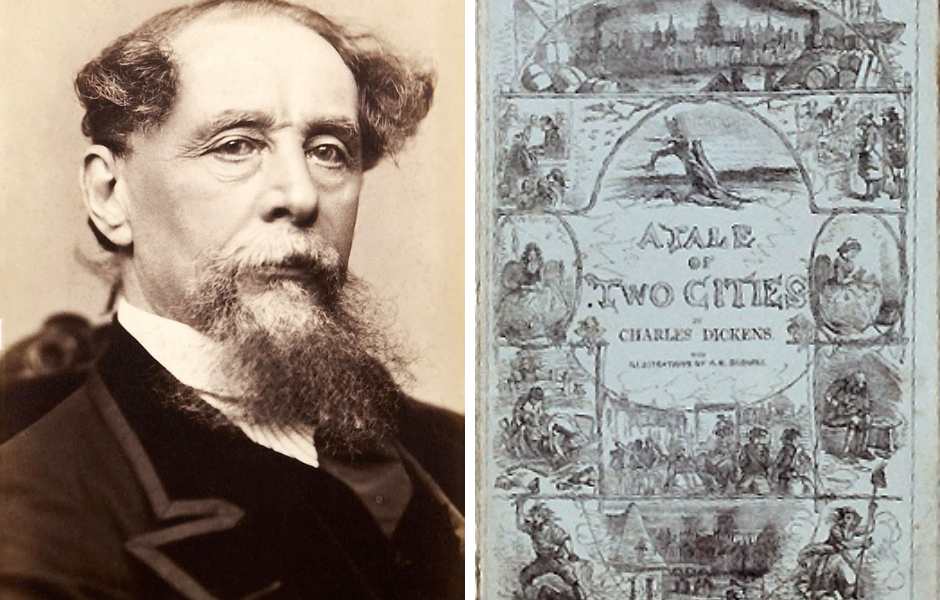
#18. Jane Austen’s Writing Style
Jane Austen’s writing style is characterized by wit, irony, and keen observations of society and human nature. She often focused on the lives of the English gentry, particularly the role of women in society.
Austen’s writing is known for its romantic plots and sharp social commentary. This example from Pride and Prejudice sets the tone for the novel’s exploration of love, money, and social status.
Example: “It is a truth universally acknowledged, that a single man in possession of a good fortune, must be in want of a wife.” (Pride and Prejudice)
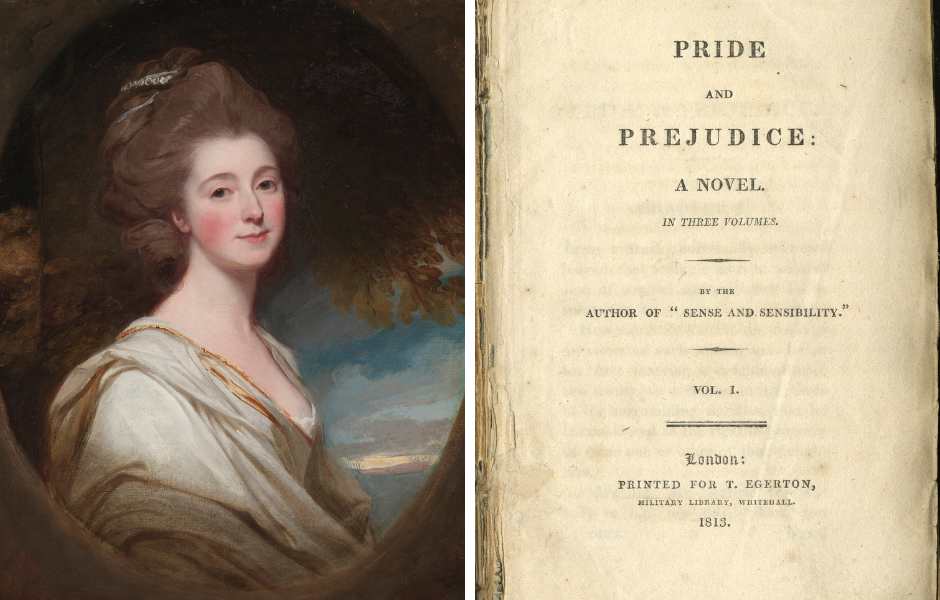
#19. Toni Morrison’s Writing Style
Toni Morrison’s writing style is characterized by its lyrical prose, vivid imagery, and exploration of the African American experience. She often used non-linear narratives and magical realism to convey her themes.
Morrison’s writing is also known for its deep psychological insight and exploration of trauma and memory. The passage below reflects Morrison’s ability to capture the complexity of human emotions and relationships.
Example: “She is a friend of my mind. She gather me, man. The pieces I am, she gather them and give them back to me in all the right order.” (Beloved)
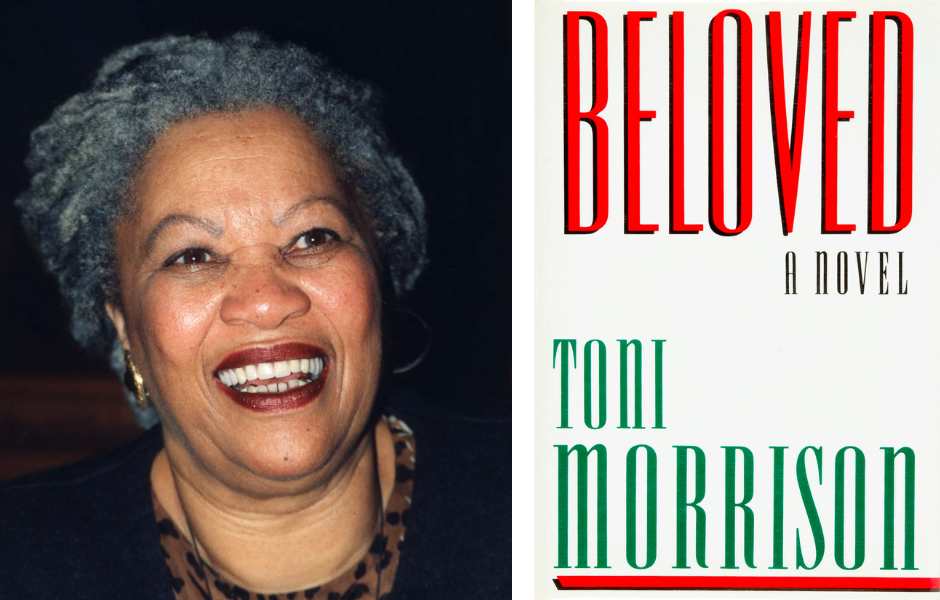
#20. Virginia Woolf’s Writing Style
Virginia Woolf’s writing style is characterized by its stream-of-consciousness narrative technique, which seeks to capture the flow of thoughts and feelings in the minds of her characters.
She often used this technique to explore themes of identity, consciousness, and the passage of time. Woolf’s writing is also known for its poetic language and experimental approach to form. The example below illustrates her ability to evoke the innermost thoughts and feelings of her characters.
Example: “She had the perpetual sense, as she watched the taxi cabs, of being out, out, far out to sea and alone.” (Mrs. Dalloway)
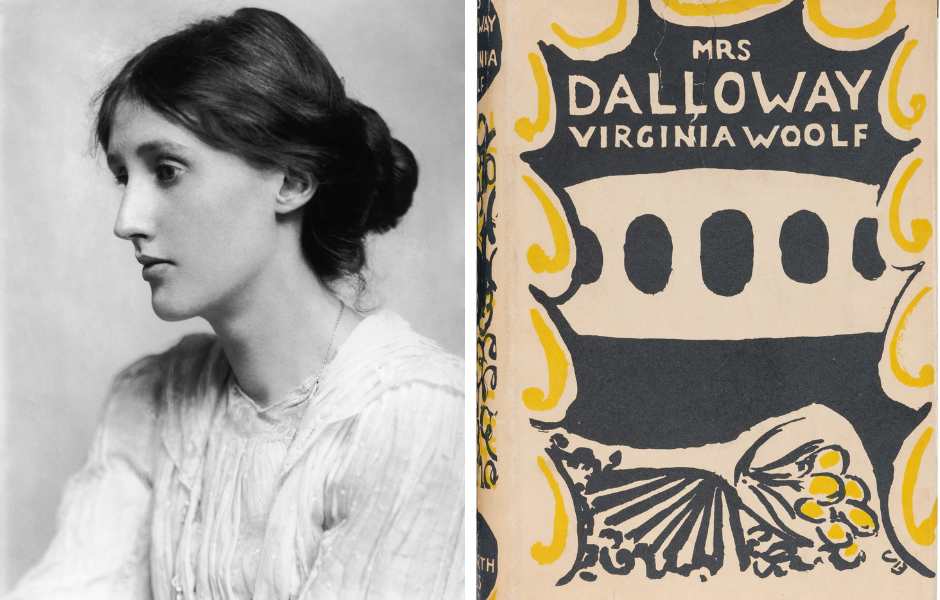
#21. Sylvia Plath’s Writing Style
Sylvia Plath’s writing style is characterized by its confessional nature, intense imagery, and raw emotional depth. She often explored themes of mental illness, identity, and the female experience.
Plath’s writing is also known for its vivid metaphors and symbolism. The example below encapsulates the protagonist’s struggle with her identity and sense of self.
Example: “I took a deep breath and listened to the old brag of my heart. I am, I am, I am.” (The Bell Jar)
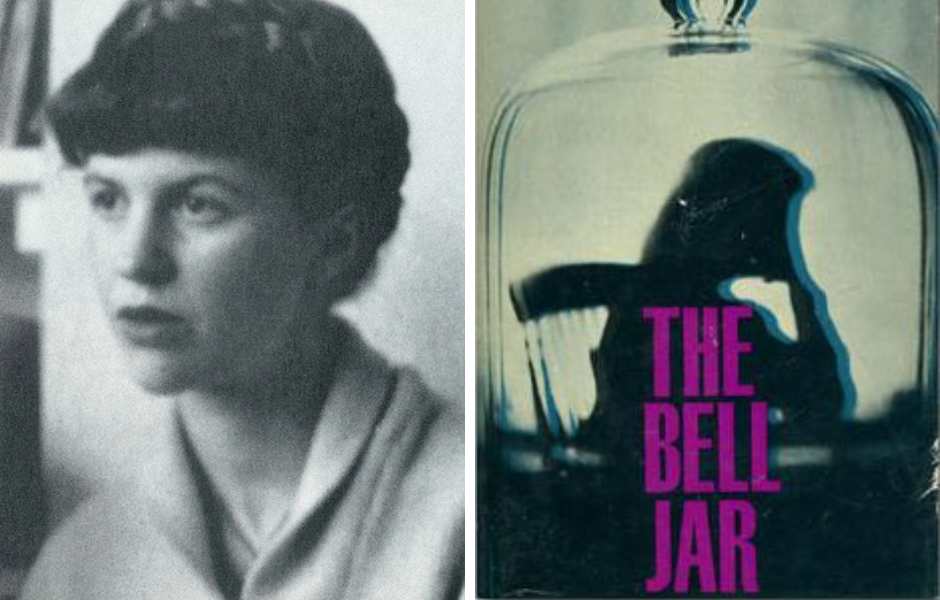
#22. Colleen Hoover’s Writing Style
Colleen Hoover’s writing style is characterized by its emotional depth, engaging storytelling, and relatable characters. She often writes contemporary romance novels that deal with themes of love, loss, and personal growth.
Hoover’s writing is also known for its witty dialogue and heartfelt moments. The passage below reflects her ability to capture the complexities of human relationships.
Example: “Imagine all the people you meet in your life. There are so many. They come in like waves, trickling in and out with the tide. Some waves are much bigger and make more of an impact than others.” (It Ends with Us)
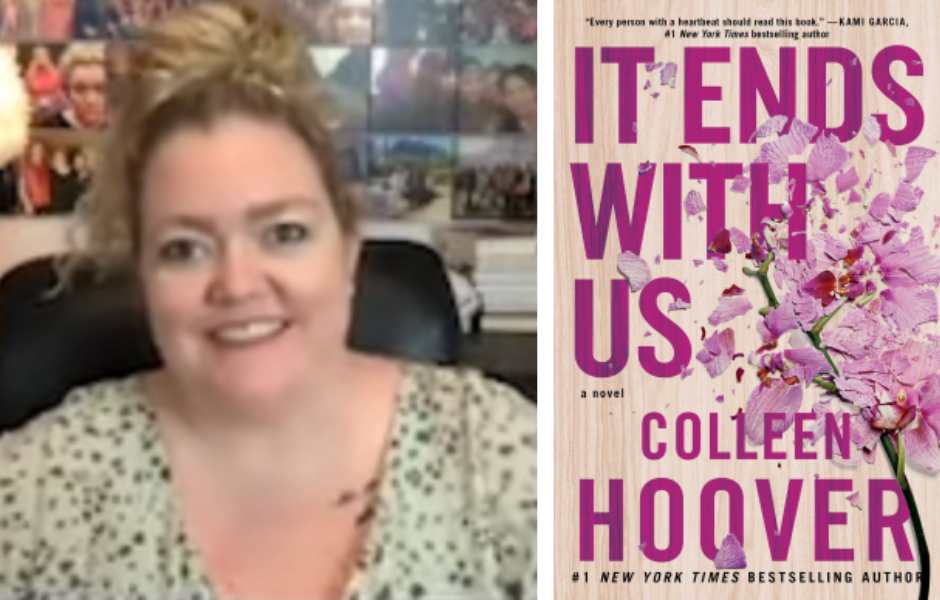
#23. F. Scott Fitzgerald’s Writing Style
F. Scott Fitzgerald’s writing style is characterized by its lyrical prose, vivid descriptions, and exploration of the American Dream. He often depicted the glamour and decadence of the Jazz Age, while also critiquing the emptiness and disillusionment beneath the surface.
Fitzgerald’s writing is also known for its symbolism and social commentary. The example below from The Great Gatsby encapsulates the novel’s themes of nostalgia and the impossibility of recapturing the past.
Example: “So we beat on, boats against the current, borne back ceaselessly into the past.” (The Great Gatsby)
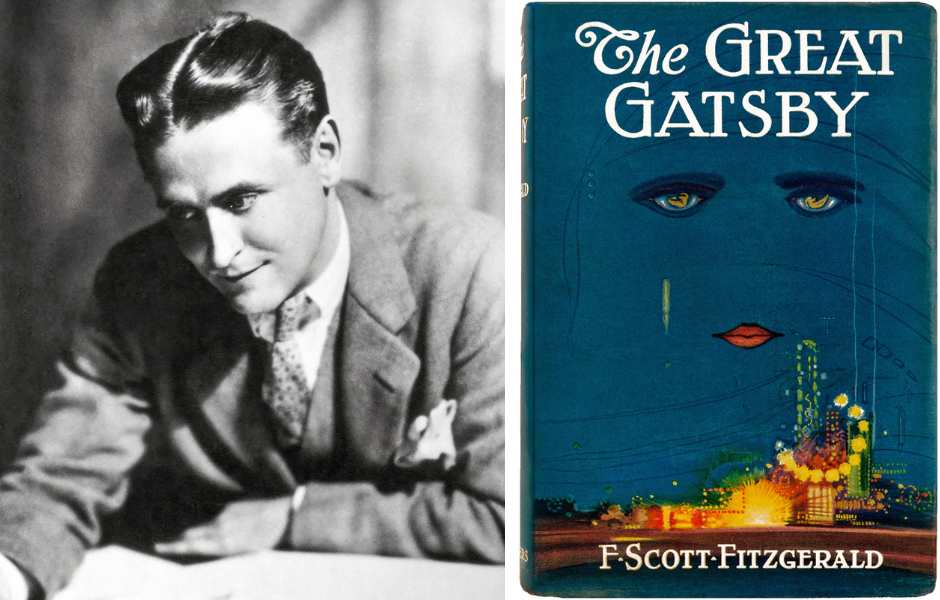
#24. Langston Hughes’s Writing Style
Langston Hughes’s writing style is characterized by its musicality, rhythm, and exploration of the African American experience. He often used jazz and blues rhythms in his poetry, creating a unique and powerful voice.
Hughes’s writing is also known for its dialect and colloquial language. This passage from his poem celebrates the resilience and history of the African American people.
Example: “I’ve known rivers: I’ve known rivers ancient as the world and older than the flow of human blood in human veins.” (The Negro Speaks of Rivers)
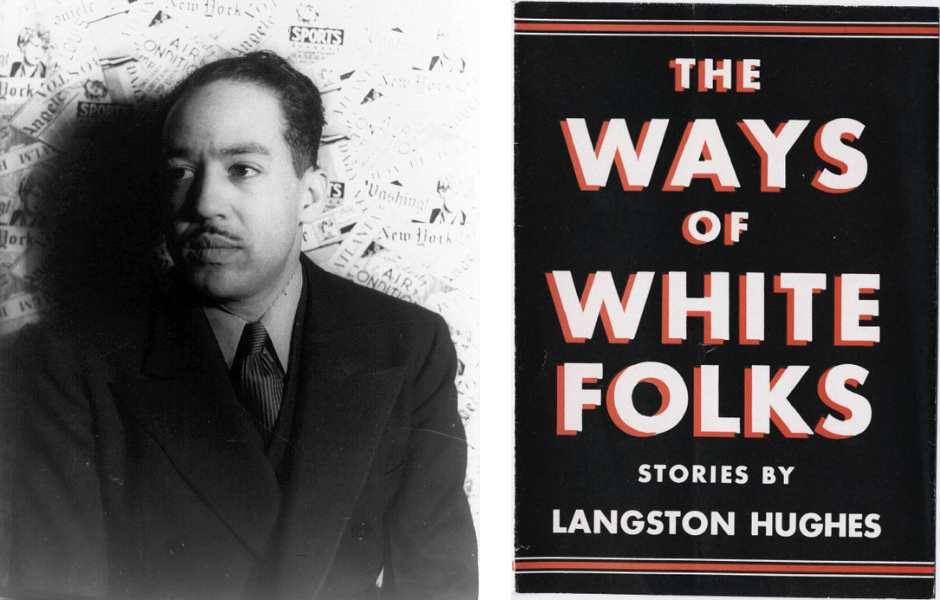
#25. Emily Dickinson’s Writing Style
Emily Dickinson’s writing style is characterized by unconventional punctuation, capitalization, and syntax. She often used dashes and unconventional line breaks to create a sense of immediacy and intimacy in her poetry.
Dickinson’s writing is also known for its themes such as death, nature, and the self, as in the poem below which reflects her fascination with the concept of mortality and the afterlife.
Example: “Because I could not stop for Death – / He kindly stopped for me –.” (Because I could not stop for Death)
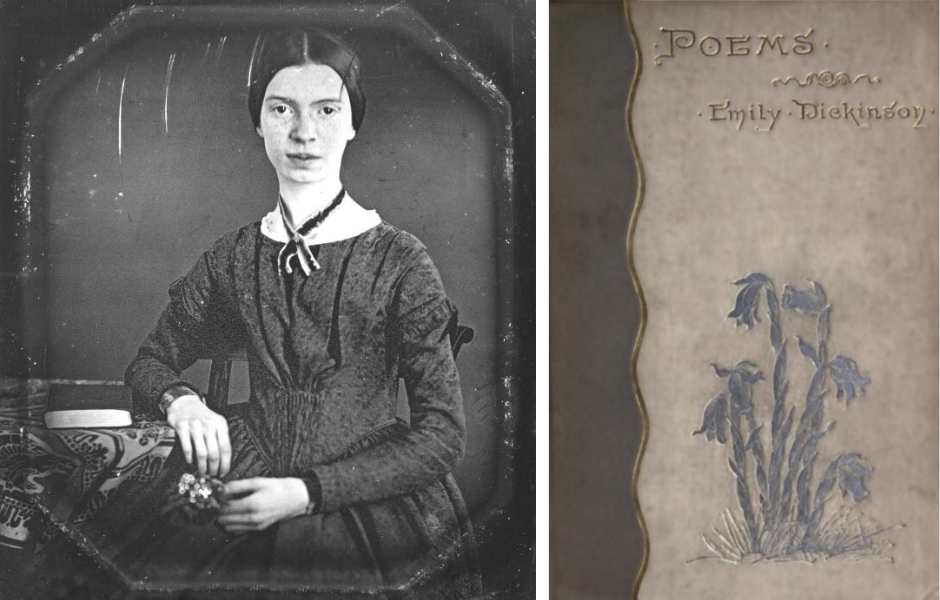
#26. J.D. Salinger’s Writing Style
J.D. Salinger’s writing style is characterized by colloquial language, realistic dialogue, and exploration of adolescent angst and alienation. He often depicted the struggles of young people to find their place in the world.
Salinger’s writing is also known for its wit and humor. The line below from The Catcher in the Rye captures the novel’s tone of rebellion and disillusionment with society.
Example: “All morons hate it when you call them a moron.” (The Catcher in the Rye)
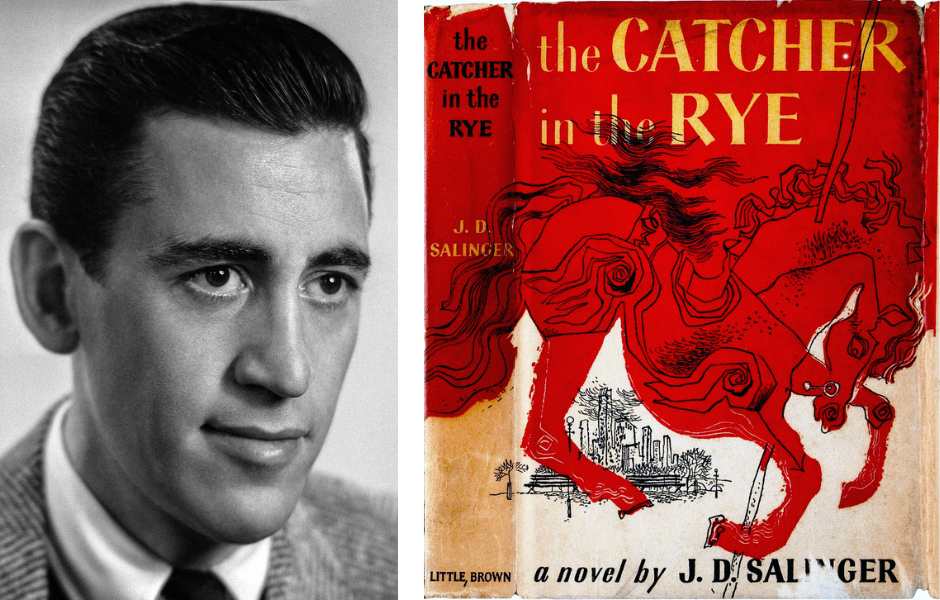
#27. Maya Angelou’s Writing Style
Maya Angelou’s writing style is characterized by its lyrical prose, powerful imagery, and exploration of themes such as identity, race, and gender. She often used autobiographical elements drawing from her experiences to create vivid and evocative stories.
Angelou’s writing is also known for its optimism and resilience as in the passage below that reflects her belief in the power of hope and perseverance.
Example: “The caged bird sings / with a fearful trill / of things unknown / but longed for still.” (I Know Why the Caged Bird Sings)
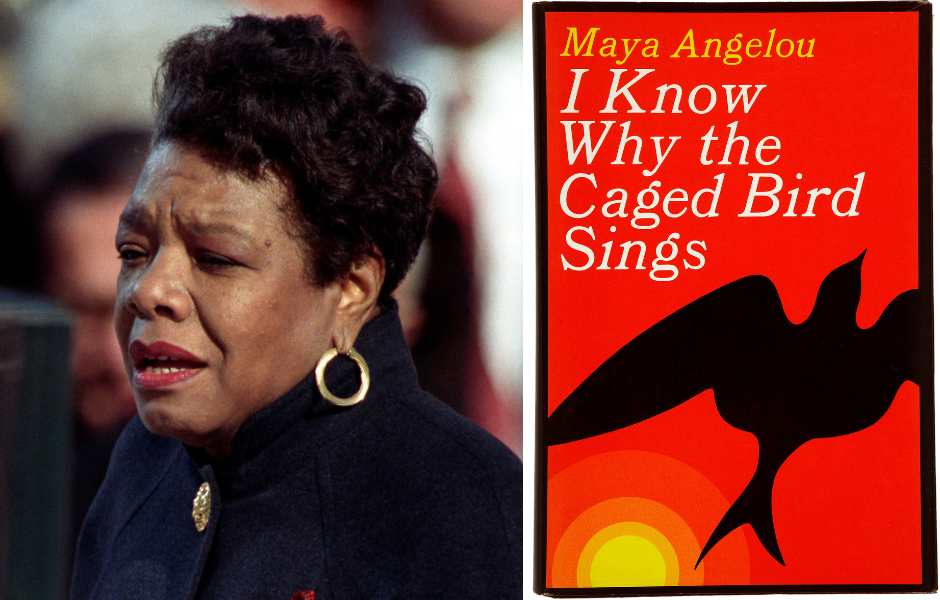
#28. Oscar Wilde’s Writing Style
Oscar Wilde’s writing style is characterized by wit, satire, and social commentary. He often used epigrams and paradoxes to skewer the hypocrisy and pretensions of Victorian society.
Wilde’s writing is also known for its aestheticism and decadence, as in the line below that captures the novel’s exploration of morality and the consequences of vanity.
Example: “The only way to get rid of a temptation is to yield to it. Resist it, and your soul grows sick with longing for the things it has forbidden to itself.” (The Picture of Dorian Gray)
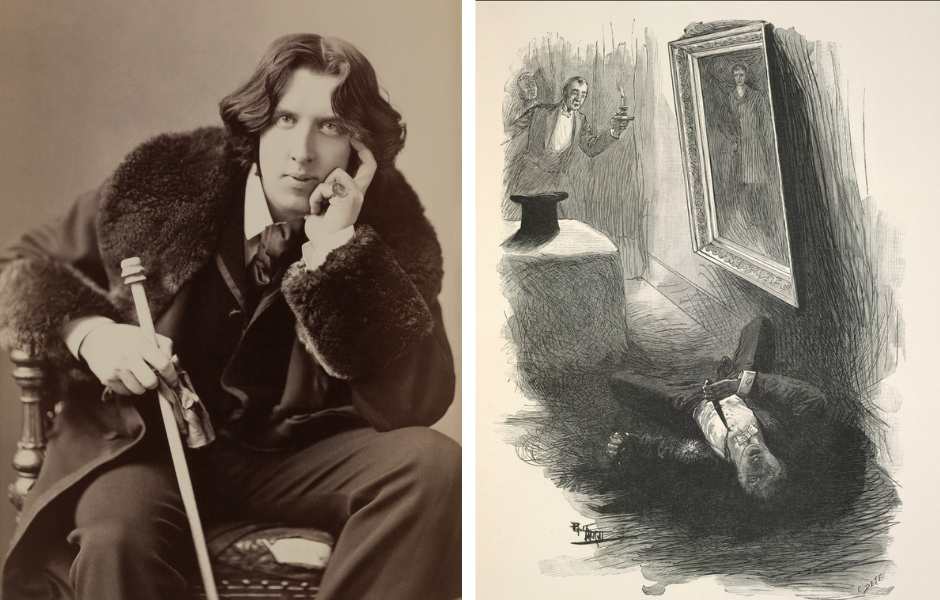
#29. Kate Chopin’s Writing Style
Kate Chopin’s writing style is characterized by its exploration of themes such as female independence and sexuality, often with a focus on the lives of women in the American South.
She is known for her use of vivid imagery and psychological depth, as in this passage from The Awakening which reflects Chopin’s lyrical prose and her exploration of the inner lives of her characters.
Example: “The voice of the sea is seductive, never ceasing, whispering, clamoring, murmuring, inviting the soul to wander in abysses of solitude.” (The Awakening)
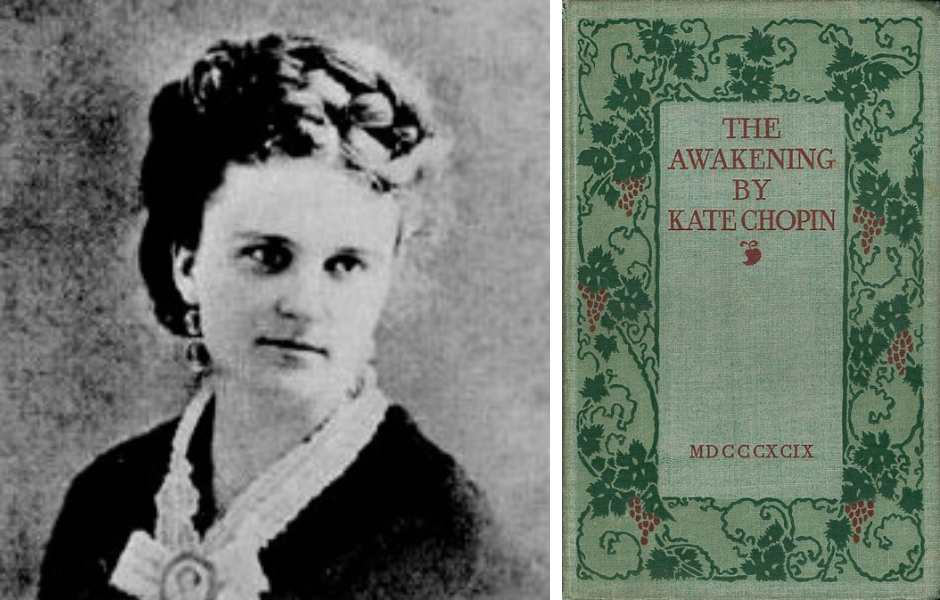
#30. Mary Shelley’s Writing Style
Mary Shelley’s Gothic writing style is characterized by Gothic elements, exploration of the dangers of unchecked ambition, and philosophical underpinnings.
She often used complex narrative structures and multiple narrators to tell her stories. For example, the following passage from Frankenstein reflects Shelley’s ability to evoke a sense of horror and awe.
Example: “I saw the pale student of unhallowed arts kneeling beside the thing he had put together. I saw the hideous phantasm of a man stretched out, and then, on the working of some powerful engine, show signs of life.” (Frankenstein)
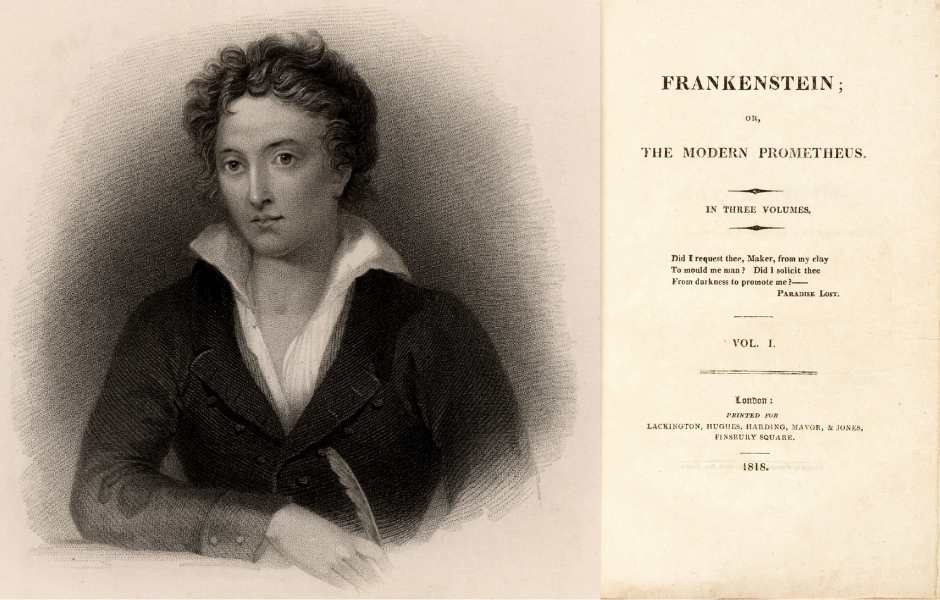
#31. George Orwell’s Writing Style
George Orwell’s writing style is characterized by clarity, simplicity, and political satire. He often used allegory and dystopian settings to critique political systems and societal norms.
Orwell’s writing is also known for its prophetic insights into the dangers of totalitarianism, as in this passage from 1984 that encapsulates the novel’s exploration of the manipulation of language and truth by authoritarian regimes.
Example: “War is peace. Freedom is slavery. Ignorance is strength.” (1984)
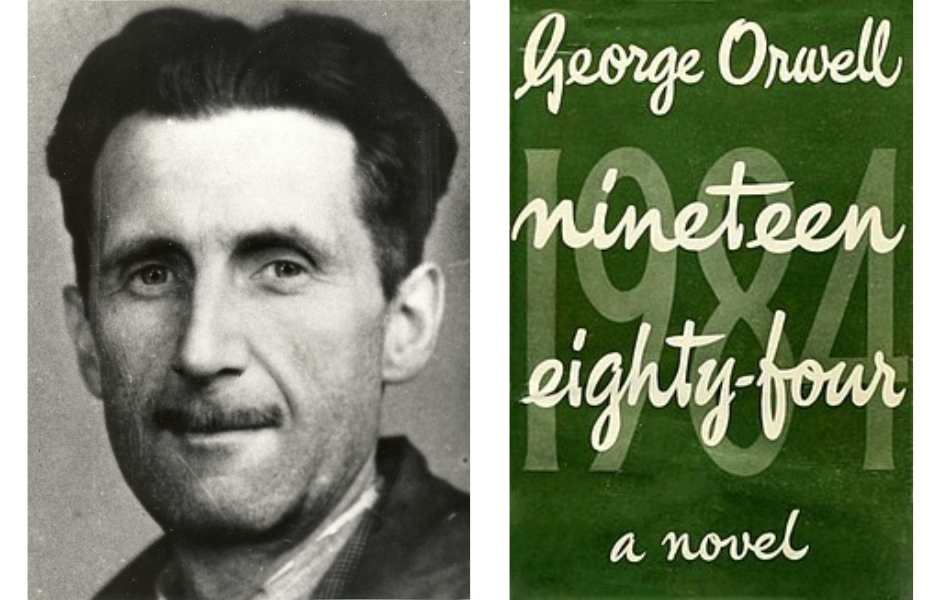
#32. William Faulkner’s Writing Style
William Faulkner’s writing style is characterized by its stream-of-consciousness narrative technique, its use of multiple narrators and perspectives, and its exploration of the complexities of the American South.
He often used dense, poetic language and non-linear storytelling, as in the passage below that reflects Faulkner’s intricate prose and deep exploration of time and memory.
Example: “I give you the mausoleum of all hope and desire…I give it to you not that you may remember time, but that you might forget it now and then for a moment and not spend all your breath trying to conquer it.” (The Sound and the Fury)
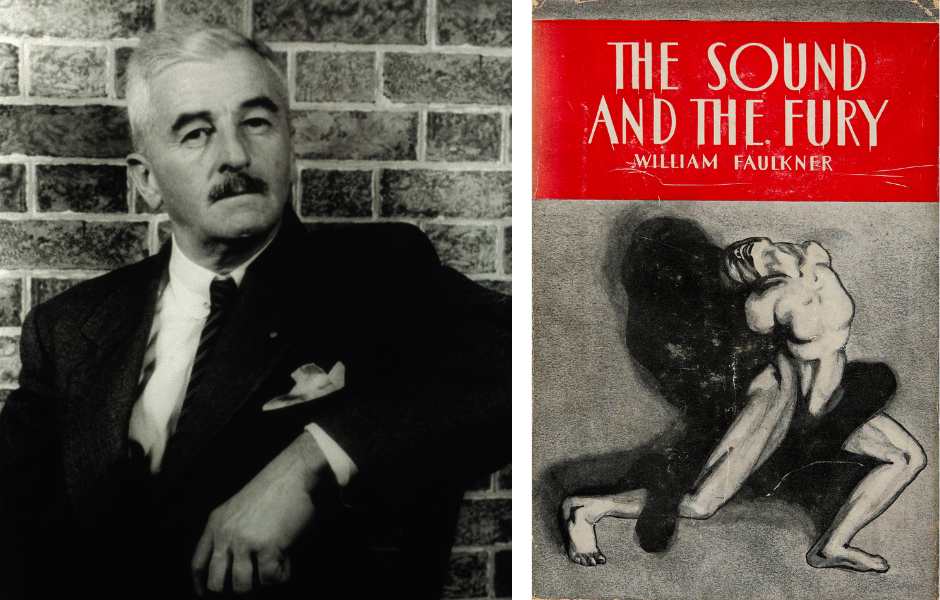
#33. Walt Whitman’s Writing Style
Walt Whitman’s writing style is characterized by its free verse form, its celebration of the individual and the democratic spirit, and its use of vivid imagery drawn from nature and the human experience.
He often used long, rhythmic lines and catalogs to create a sense of expansiveness and inclusivity, as in this passage from Song of Myself that reflects Whitman’s belief in the interconnectedness of all people and his celebration of the self.
Example: “I celebrate myself, and sing myself, / And what I assume you shall assume, / For every atom belonging to me as good belongs to you.” (Song of Myself)
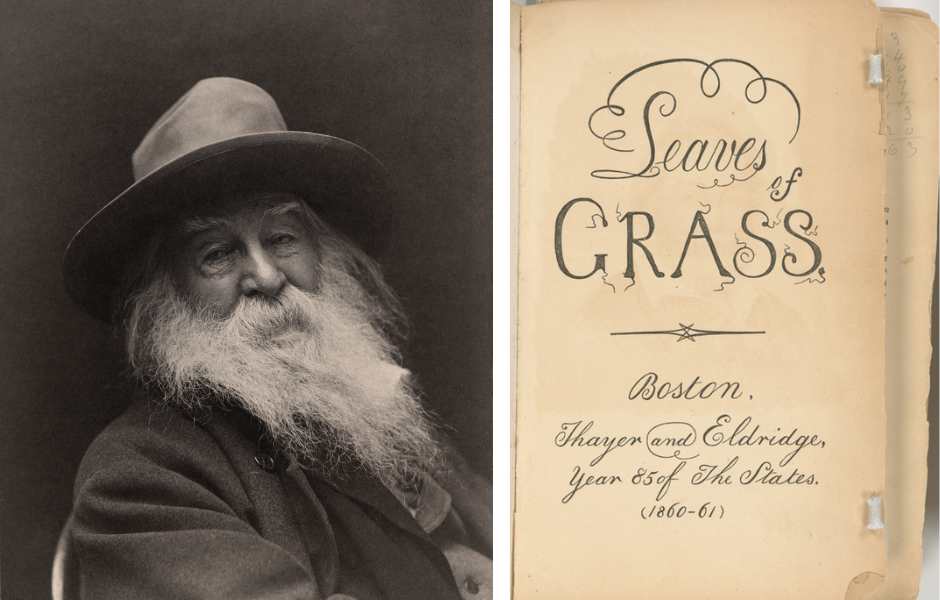
#34. Flannery O’Connor’s Writing Style
Flannery O’Connor’s writing style is characterized by its Southern Gothic elements, dark humor, and exploration of morality and redemption. She often used grotesque characters and violent, unexpected plot twists to convey her themes.
O’Connor’s writing is also known for its religious undertones and exploration of divine grace. This line from A Good Man is Hard to Find reflects O’Connor’s dark humor and her exploration of the nature of goodness and evil.
Example: “She would of been a good woman,” The Misfit said, “if it had been somebody there to shoot her every minute of her life.” (A Good Man is Hard to Find)
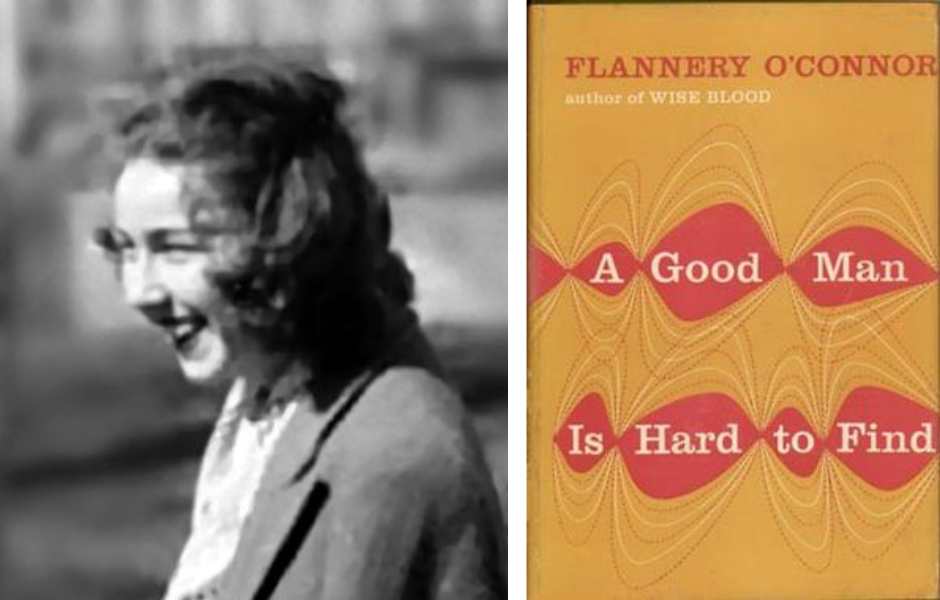
#35. Agatha Christie’s Writing Style
Agatha Christie’s writing style is characterized by its intricate plots, its use of red herrings and surprise endings, and its memorable characters, particularly her detective Hercule Poirot and Miss Marple.
She often used a formulaic approach to her mysteries, but her skillful storytelling and clever twists kept readers engaged. For example, this line from Murder on the Orient Express reflects Christie’s ability to challenge readers’ assumptions and keep them guessing until the very end.
Example: “The impossible could not have happened, therefore the impossible must be possible despite appearances,” (Murder on the Orient Express)
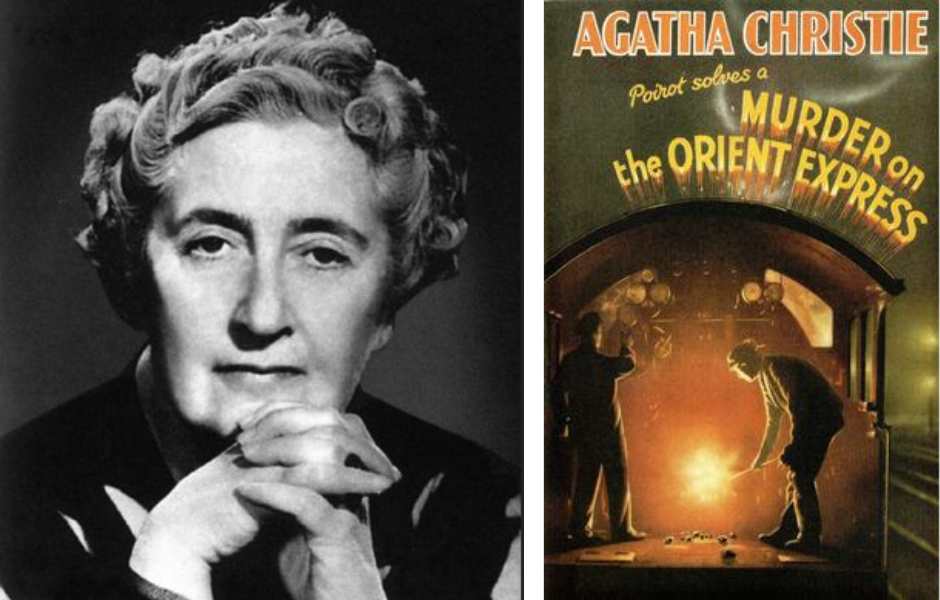
Stephen King Writing Tips
Stephen King, the renowned author of horror, supernatural fiction, suspense, and fantasy novels, has shared many valuable tips for aspiring writers.
Here are some of his key pieces of advice:
#1. Read a lot and write a lot
King emphasizes the importance of reading extensively to understand how writing works and to improve your writing skills. He also encourages writers to write daily to develop discipline and hone their craft.
#2. Write what you know
While it’s common advice, King suggests writers should draw from their own experiences and emotions to create authentic and relatable stories.
#3. Start with a short story
King often recommends that new writers begin with short stories before attempting longer works like novels. Short stories allow for storytelling practice and can help develop essential writing skills.
#4. Focus on the story, not the plot
King suggests that writers should prioritize telling compelling stories with interesting characters rather than worrying too much about intricate plot details.
#5. Edit ruthlessly
King advises writers to be merciless when editing their work, cutting out unnecessary words, phrases, and scenes to improve clarity and pacing.
#6. Write for yourself first
While it’s important to consider your audience, King believes writers should primarily write stories they would enjoy reading.
#7. Find your writing voice
King encourages writers to develop their own unique writing style and voice, rather than trying to imitate other writers.
#8. Take writing seriously
King emphasizes the importance of treating writing as a serious craft and putting in the time and effort to improve.
#9. Be open to criticism
King suggests that writers should be open to receiving feedback and criticism from others, as it can help them grow and improve as writers.
#10. Stay humble
Despite his success, King remains humble and acknowledges that there’s always room for improvement in his writing.
These tips reflect Stephen King’s dedication to his craft and belief in the importance of hard work, perseverance, and authenticity in writing.
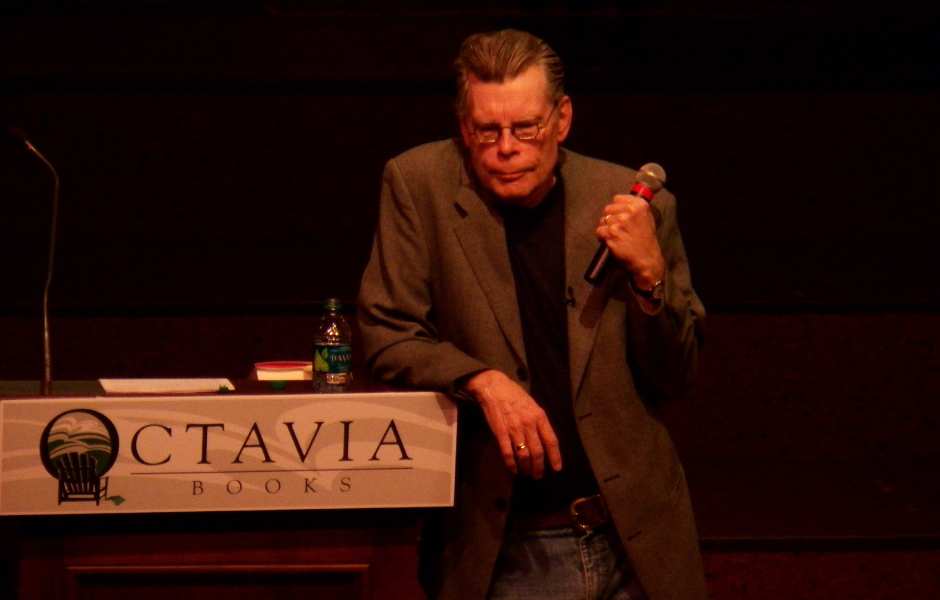
Best Writing Tips from Authors
Here are some of the best writing tips from authors gleaned from the author writing style examples above:
- Create a strong atmosphere: Use vivid imagery and descriptive language to set the mood and create a sense of place in your writing.
- Focus on themes that resonate: Explore deep, universal themes such as life, death, love, and loss to create a lasting impact on your readers.
- Use language creatively: Experiment with language, including rhyme, rhythm, and word choice, to create a unique and engaging writing style.
- Create tension and suspense: Use suspenseful plots, unexpected twists, and unresolved mysteries to keep readers engaged and eager to continue reading.
- Develop complex characters: Create characters with depth, flaws, and internal conflicts to make them more relatable and interesting to readers.
Whether you’re a seasoned writer looking to refine your skills or a novice seeking inspiration, MasterClass writing classes provide a wealth of knowledge to help you on your writing journey and take your creative writing skills to the next level.
These Writing MasterClasses offer a unique opportunity to learn from some of the most renowned authors of our time. These classes provide invaluable insights into the writing process, offering tips, techniques, and advice from authors who have mastered their craft.
Learn from the best MasterClass authors, explore the world of writing through the eyes of these literary legends, and discover the secrets to creating compelling stories that resonate with readers.
Click here to explore these Writing MasterClasses
Writing Tips & Tutorials
- Free Creative Writing Classes & Creative Writing Courses
- Best MasterClass Writing Classes By MasterClass Authors
- How To Learn Creative Writing Skills & Become a Better Writer
- Best Book Writing Software & Writing Apps for Creative Writers
- How To Start Writing a Book For Beginners
- How To Write a Romance Novel for Beginners
- How To Write Poetry for Beginners: Crafting Beauty with Words
- 18 Types Of Writing Skills and How To Learn Them
- 8 Writing Style Guides and Examples for Writing Proficiency
© 2024, Priya Florence Shah. All rights reserved.
Priya Florence Shah is a bestselling author and an award-winning blogger. Check out Devi2Diva, her book on emotional self-care for women. In her spare time, Priya writes science-fiction novels and poetry and chills with her two-legged and four-legged kids.
Discover more from Business & Branding Tips
Subscribe to get the latest posts sent to your email.
